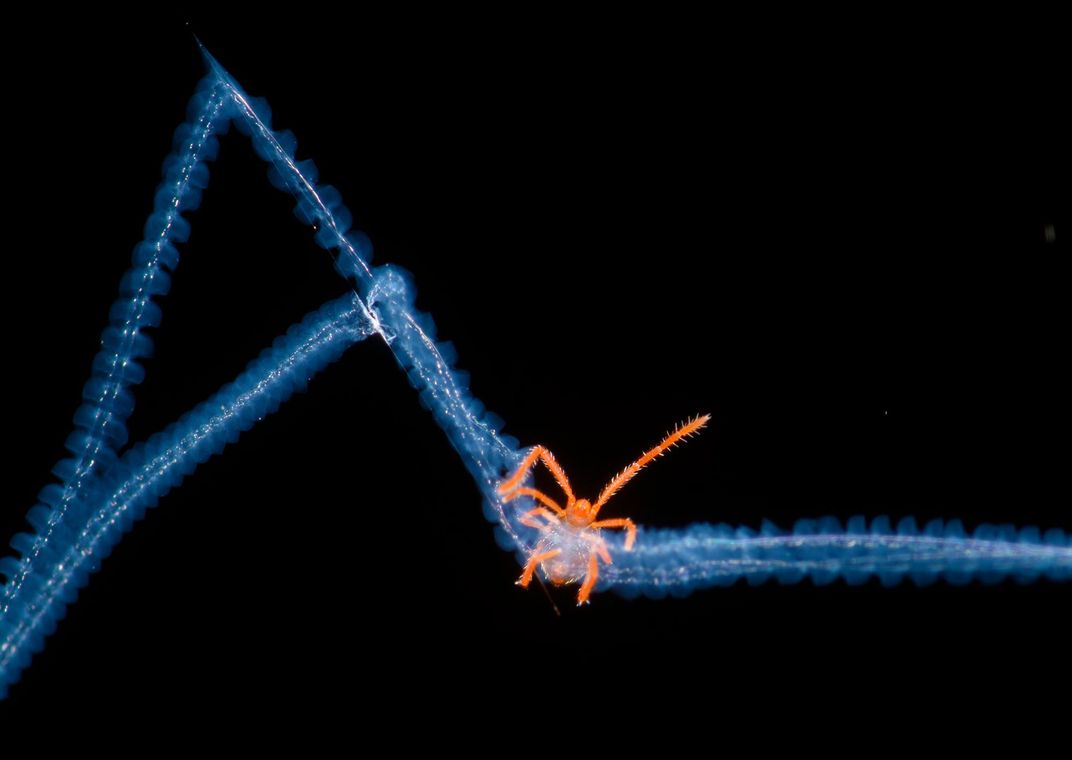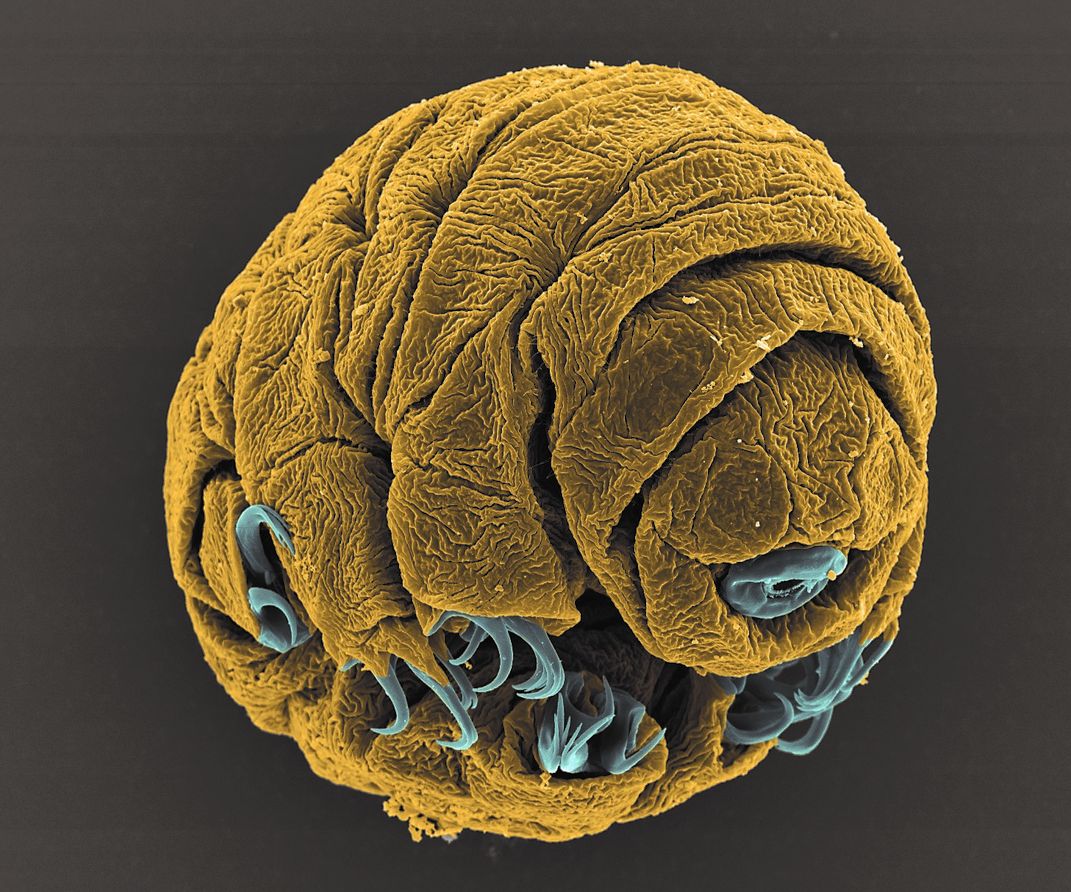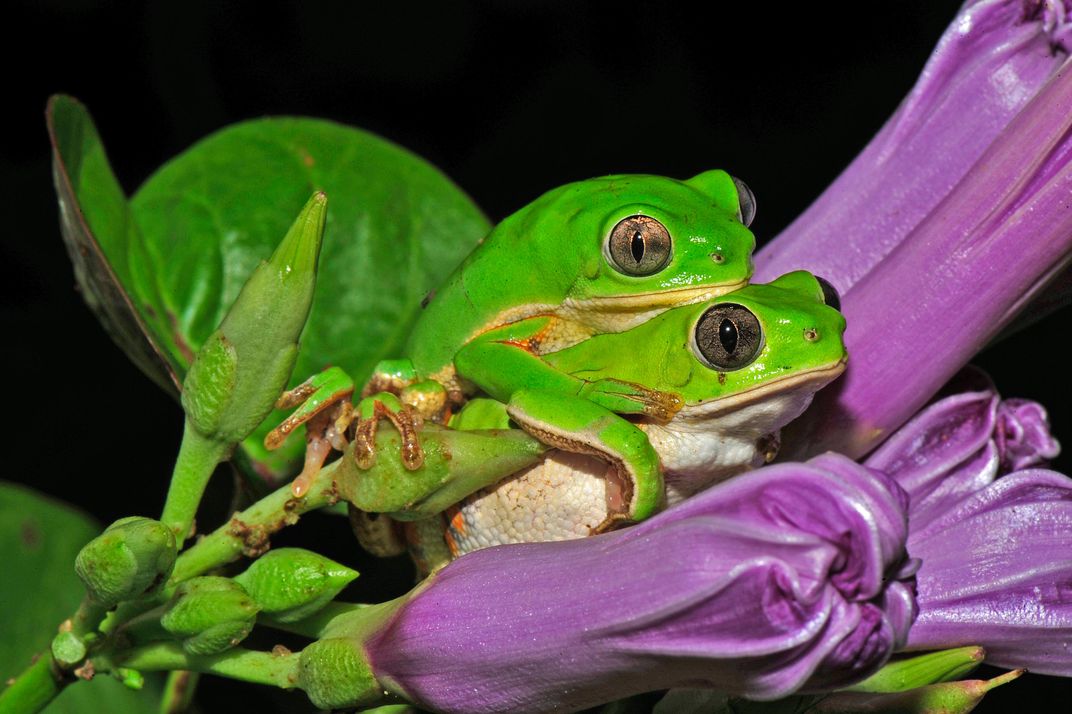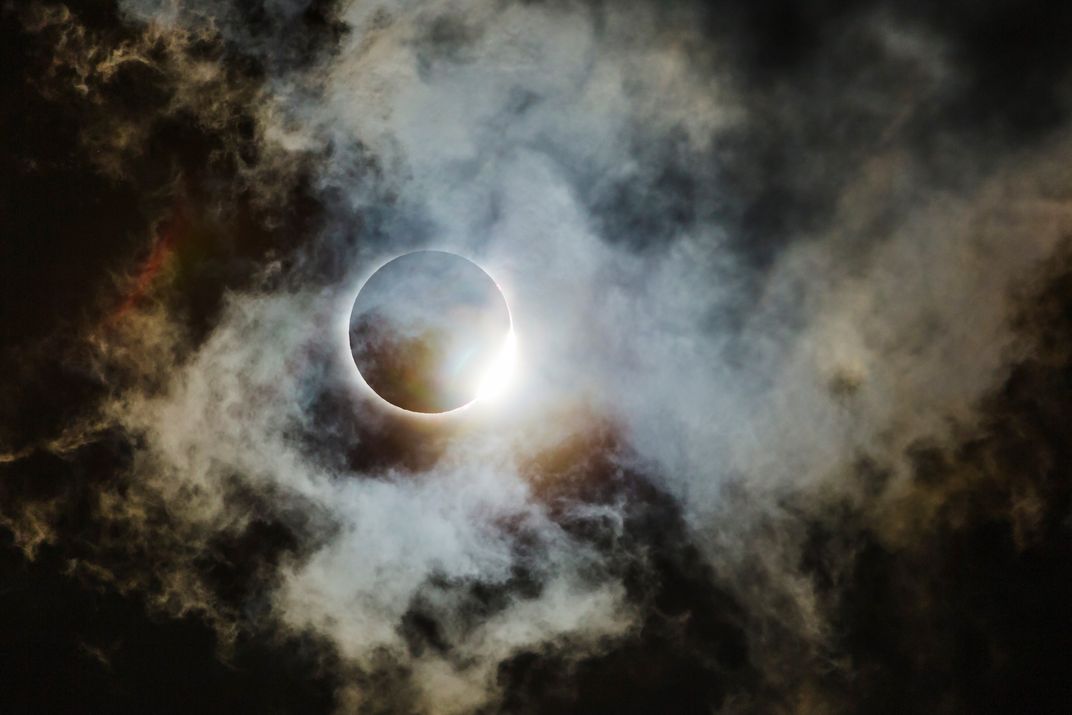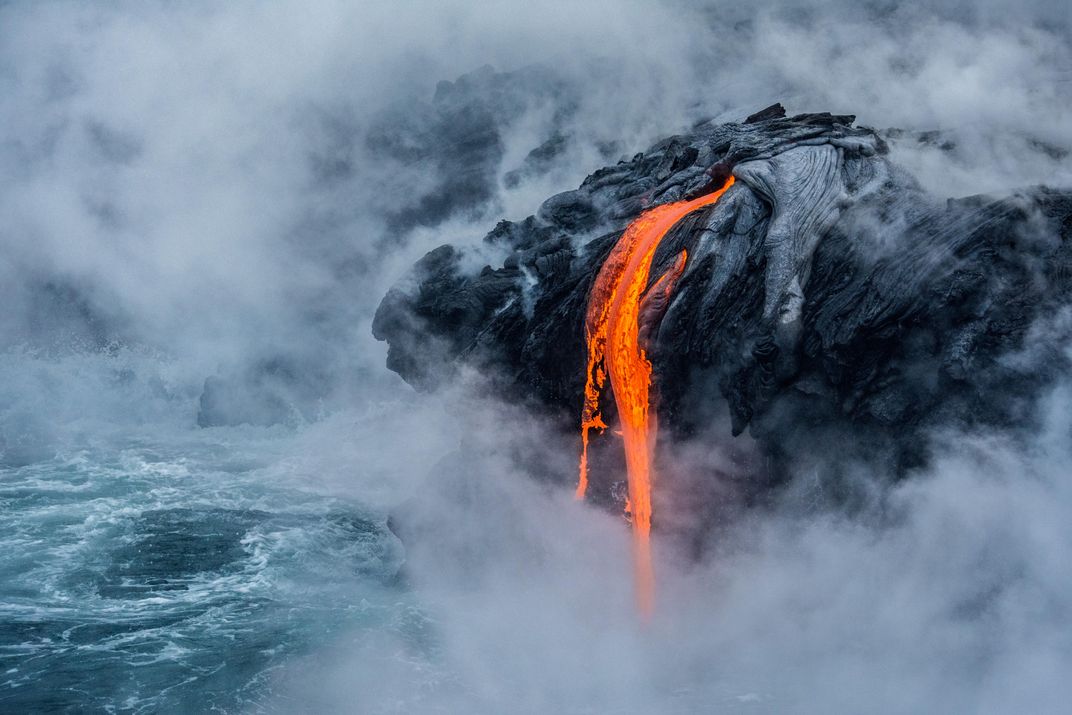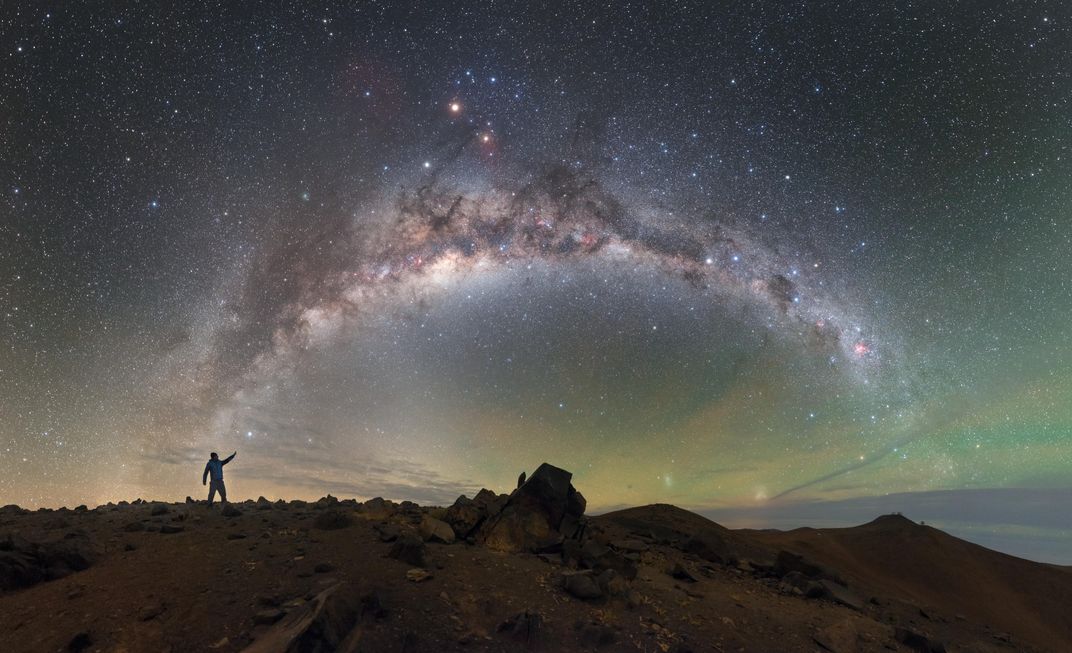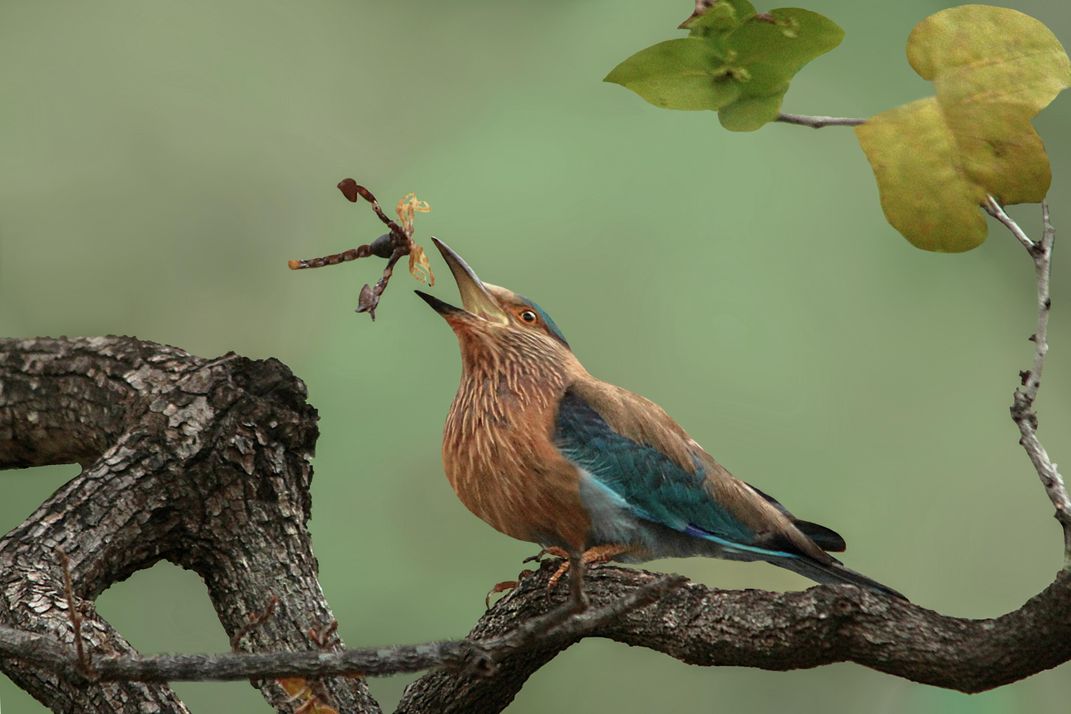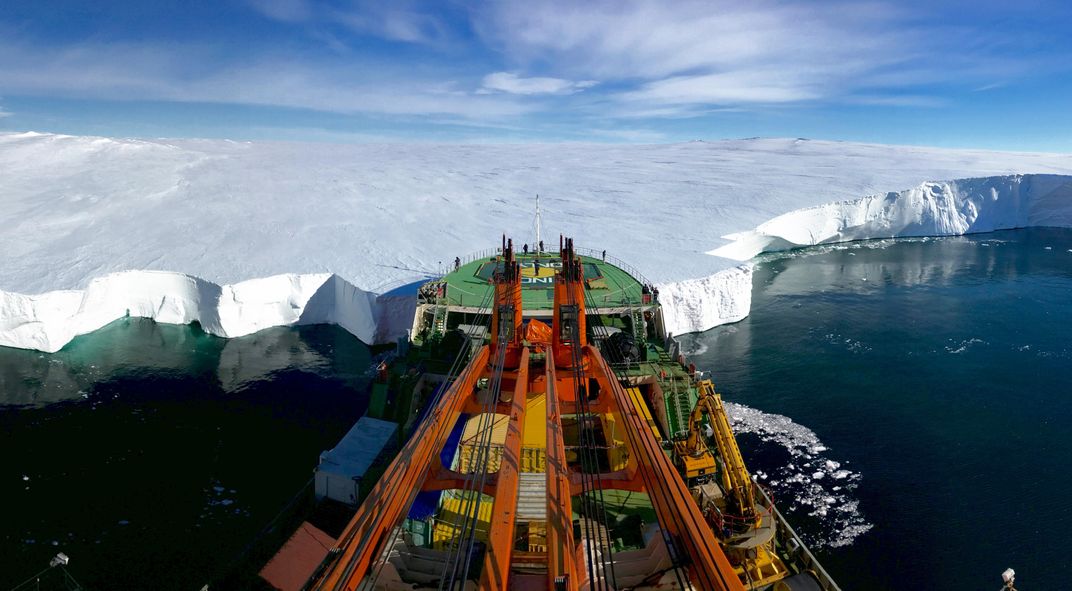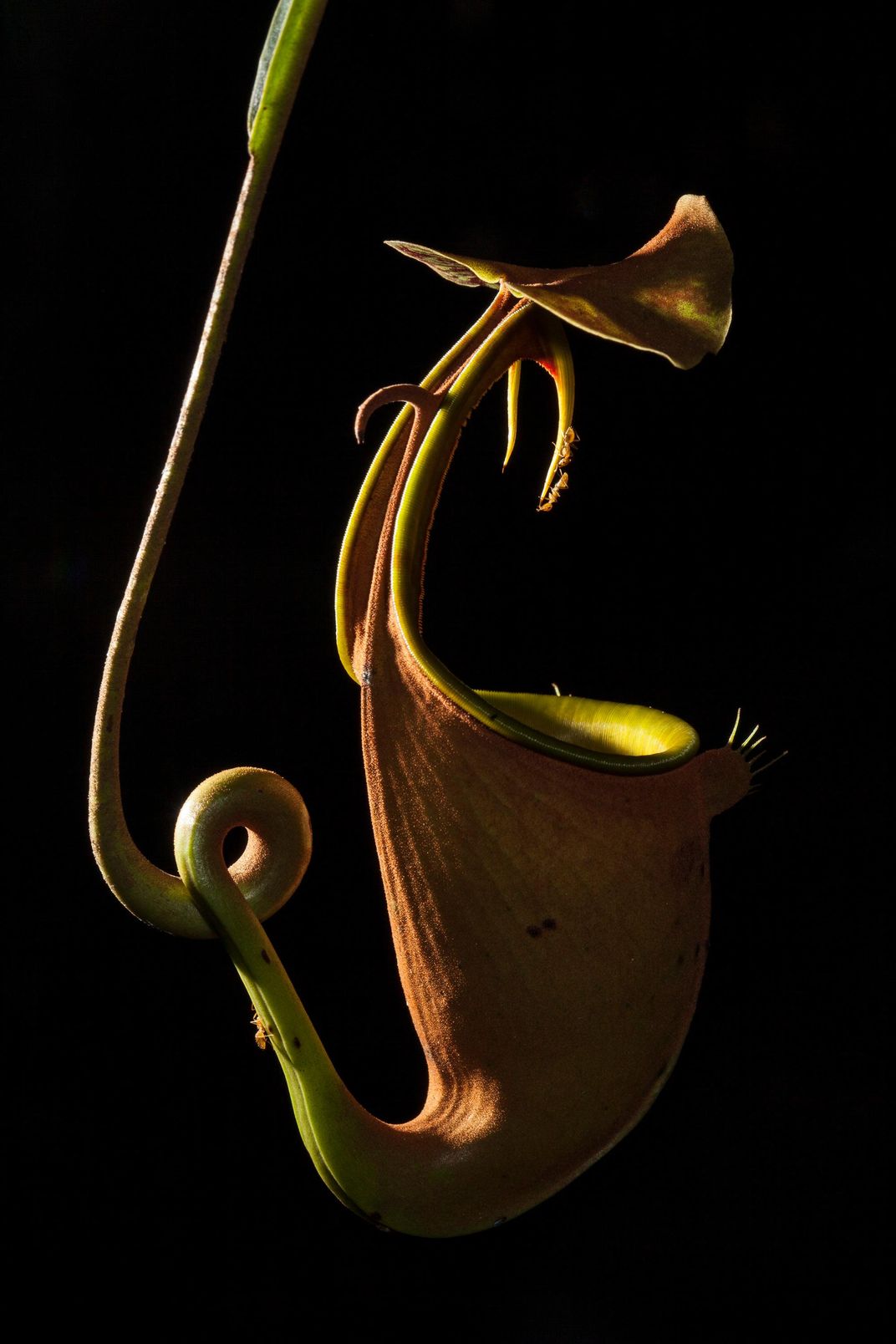Royal Society Photo Contest Winners Capture Drama and Wonder of the Natural World
From Antarctic ice to eclipses and killer whales, the images unveil nature’s strange and sometimes surreal beauty
/https://tf-cmsv2-smithsonianmag-media.s3.amazonaws.com/filer/18/f1/18f1bb8a-686c-434a-8960-b5b4a50c5040/4889_icy_sugar_cubes_peter_convey_earth_science.jpg)
Now in its third year, The Royal Society Publishing Photography Competition is relatively new. But that doesn’t mean it hasn’t hit its stride. Last year’s winners were truly incredible, and 2017’s batch of awarding-winning biology photos are equally showstopping.
The contest began in 2015 to celebrate the 350th anniversary of the Philosophical Transactions of the Royal Society, the oldest continually published scientific journal in the world. The goal of the contest is to honor images that communicate science and depict the beautiful side of scientific endeavor. This year, judges selected five category winners and an overall winner from over 1,100 entries from scientists and researchers around the world that certainly accomplish this goal.
The overall winner, taken in 1995 by Peter Convey, a polar ecologist with the British Antarctic Survey, captures section of cube-shaped blocks of ice on the southern Antarctic Peninsula. The white sheet is being stretched in opposite directions over a rise in the underlying ground, resulting in the massive blocks that resemble giant sugar cubes. A Twin Otter plane and its shadow fly low over the ice add a sense of scale to the frosty image.
“It’s been an incredible privilege to work in the Antarctic for nearly 30 years now, every time I go there it takes my breath away,” Convey says.
“The winning image epitomizes the aims of this competition—celebrating the power of photography to communicate science,” says Ulricke Muller, one of the judges and an editorial board member for Proceedings of the Royal Society B. “The image shows the stunning beauty of a rare geological phenomenon, bi-directional crevassing in an ice sheet, and invites the viewer to wonder at the scale and the mechanisms creating such patterns.”
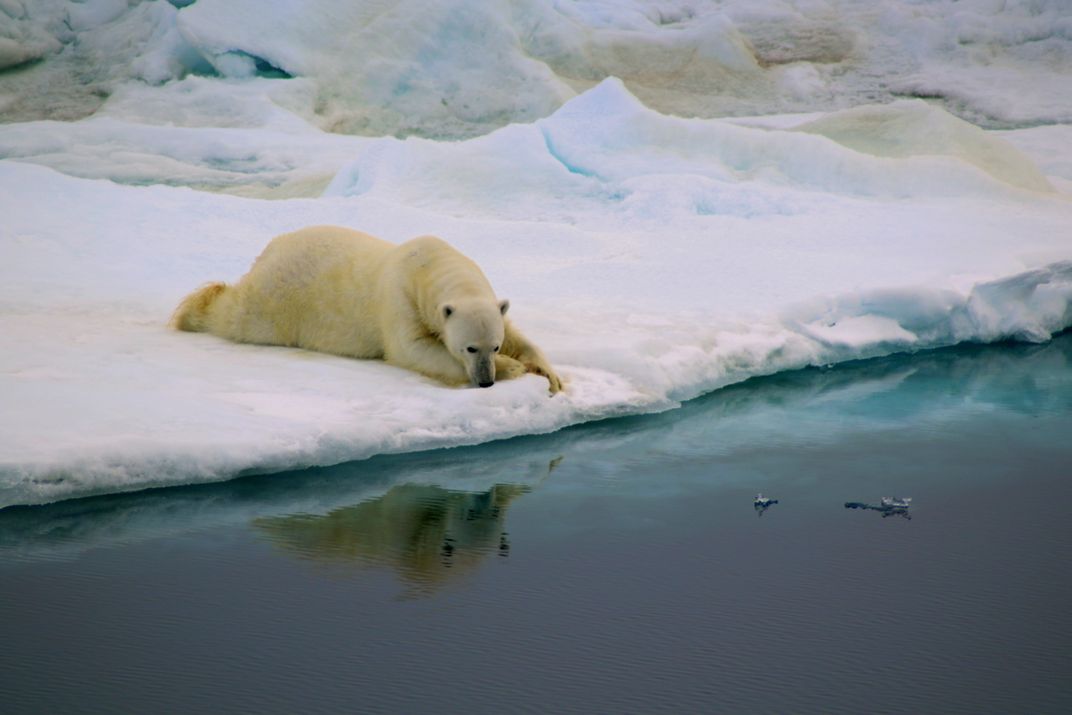
Antonia Doncila of Edinburgh University was crossing Fram Strait in Eastern Greenland when she spotted the polar bear in the image above. At 80 degrees north, the sea ice is usually plentiful. But not on this trip. Doncila witnessed several bears swimming in open ocean, likely doomed to die if they could not find floating ice to rest on. The subject of her photograph, however, had found a bit of ice to cling to.
“His gaze into the water represents the product of our societal wrongdoings,” Doncila writes. “It is also a symbol of hope because what has melted can become frozen again.”
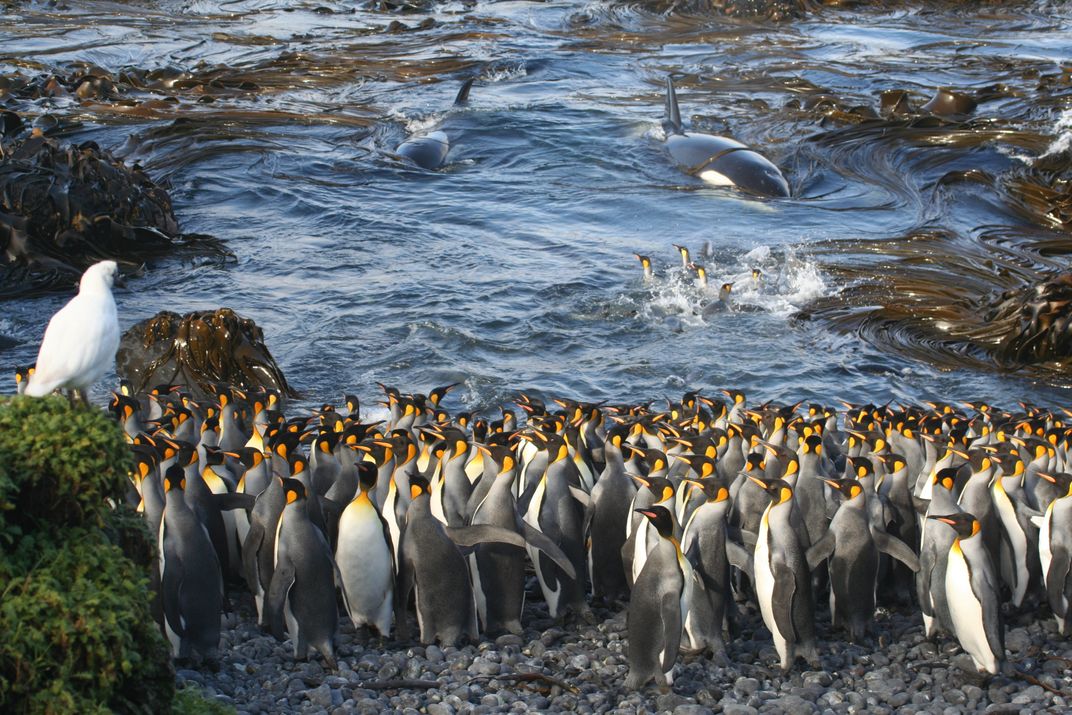
Nico de Bruyn of the University of Pretoria is used to seeing some incredible wildlife on the subantartic Marion Island, so he keeps his camera at the ready. He was counting elephant seals up the beach when he heard splashing at a nearby colony of King Penguins. What he found was this menagerie of Southern Ocean fauna, including the two whales rising out of the kelp like submarines, the penguins looking on nervously and an unconcerned lesser sheathbill, in search of food.
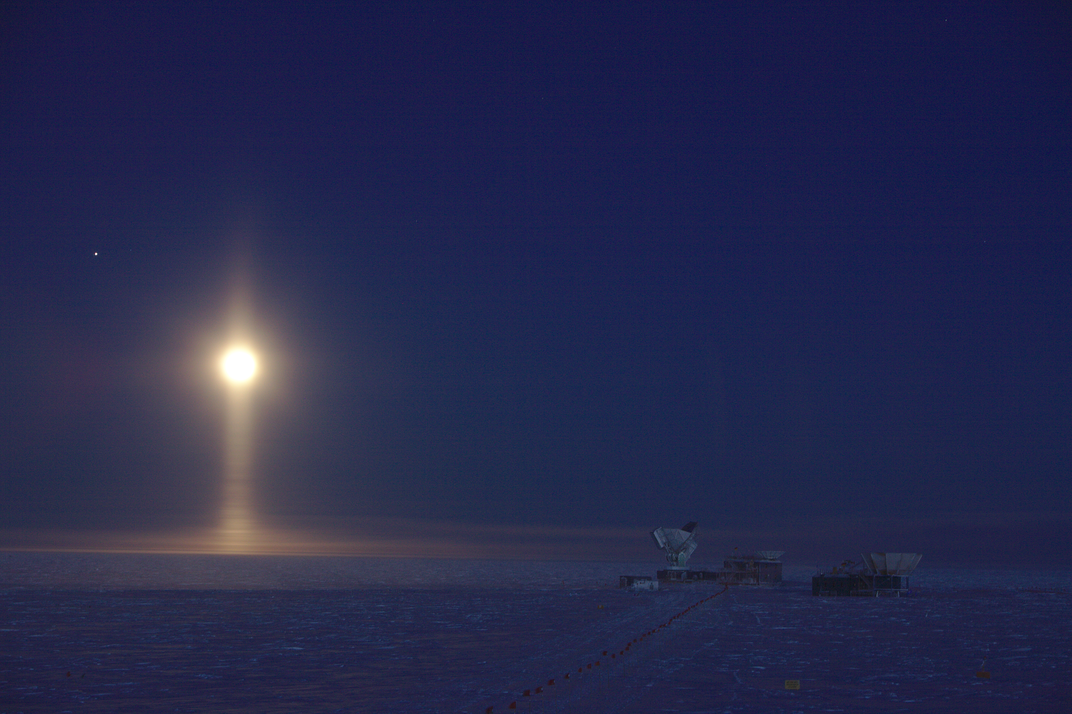
Daniel Michalik, researcher at the University of Kent, was in Antarctica working on the 10 meter South Pole Telescope, but he captured this gorgeous image outside the facility. Peering up at the moon one night, he realized he was witnessing a light pillar—an optical phenomenon similar to sun dogs, arcs and halos sometimes witnessed around the sun or moon. Jupiter is the bright spot next to the moon. The most impressive thing? He waited for the long exposure image to complete during the -60 degree night.
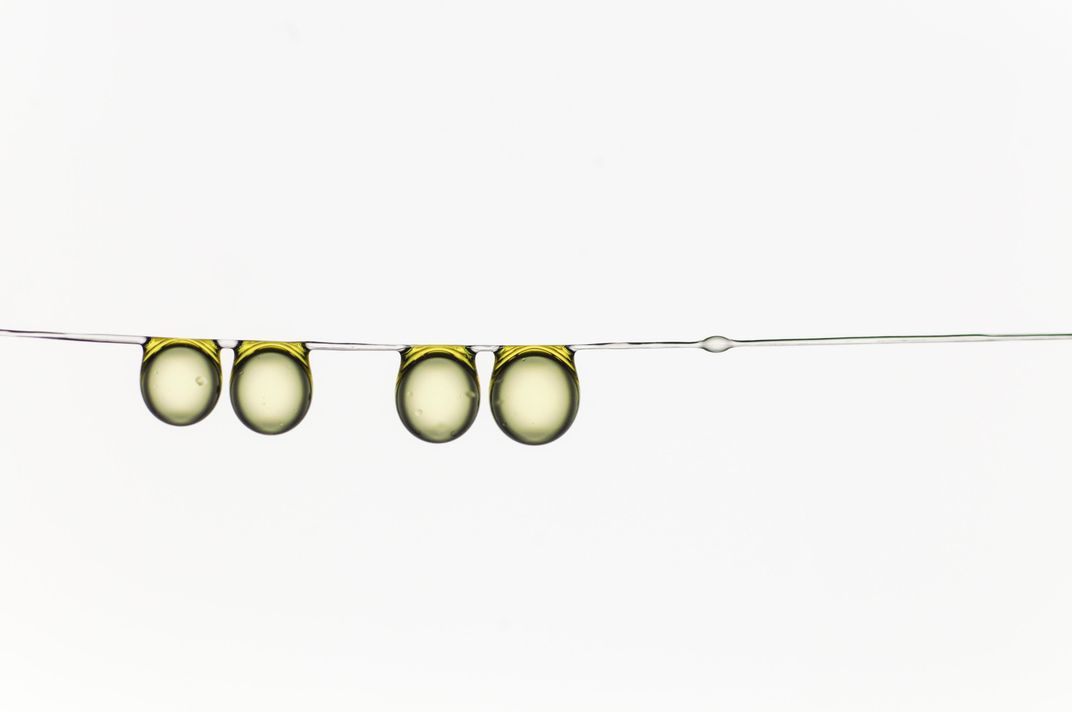
University Pierre and Marie Curie researcher Hervé Elettro was studying droplets of micro-glue produced by the spider Nephila madagascariensis to catch its prey when he decided to use olive oil to model how the glue works. He hung a “family” of droplets along a thin soft fiber, using micro-imaging to take a closer look, creating this strangely beautiful image that won the micro-image category.
Check out more of the breathtaking winners below:
